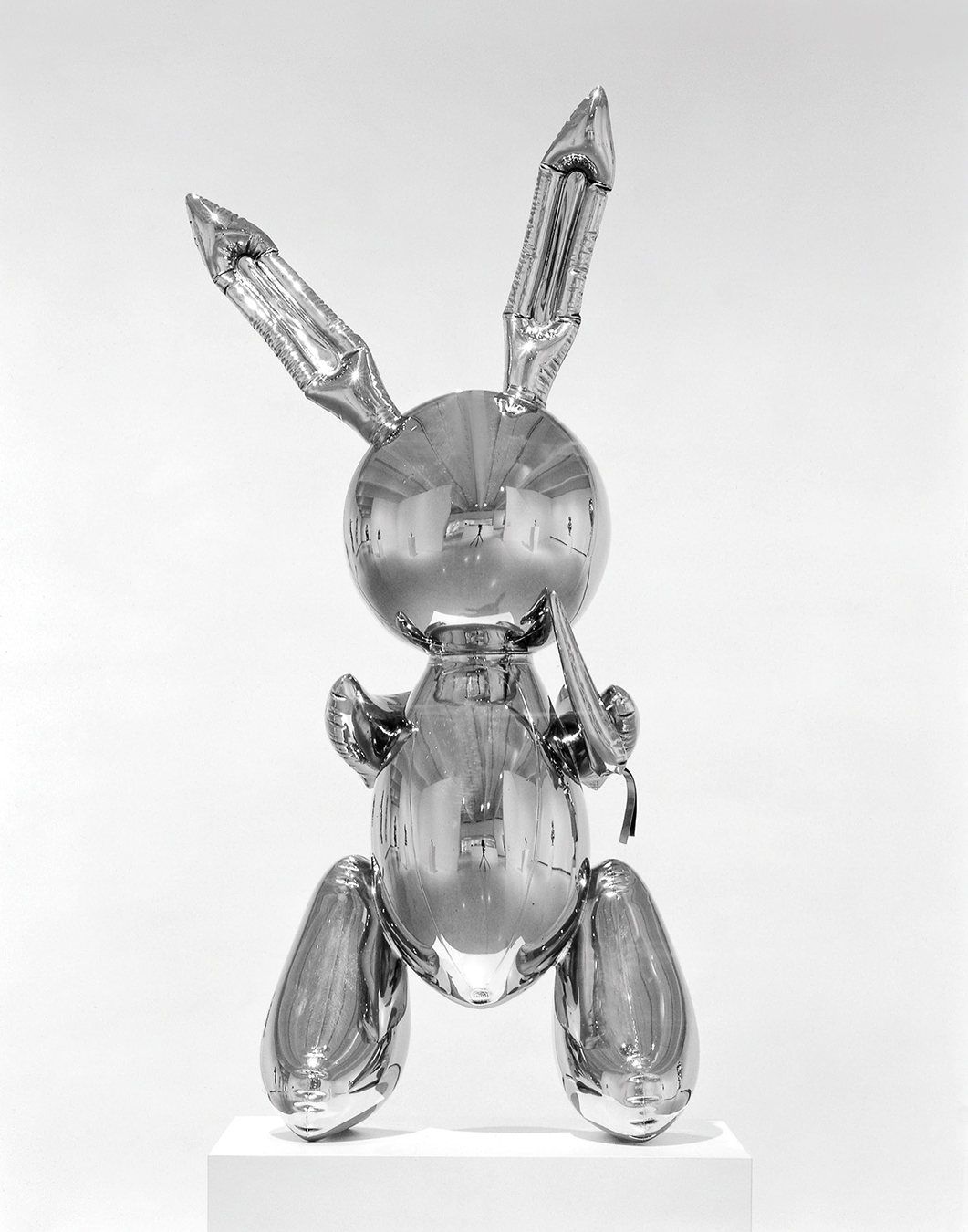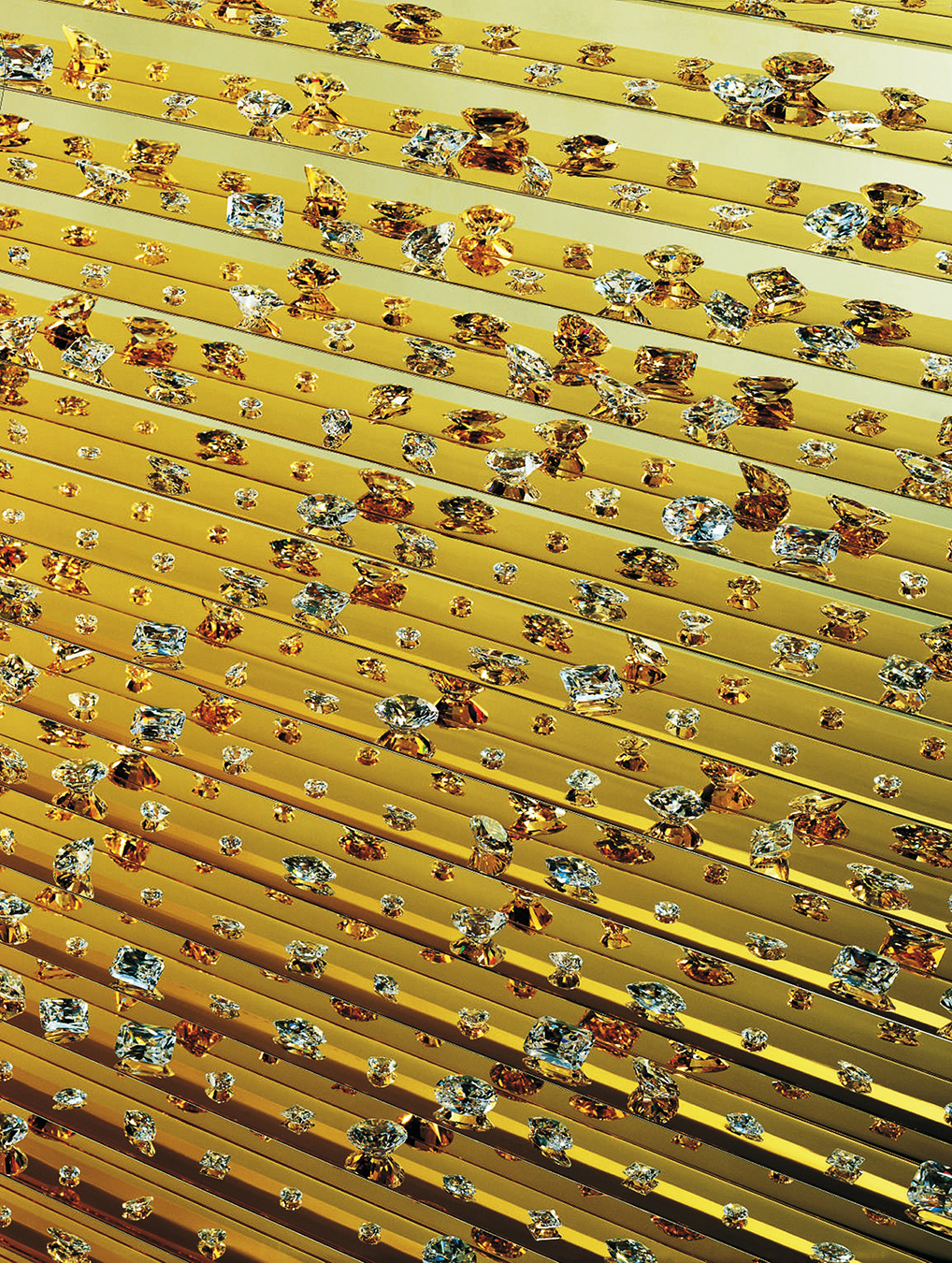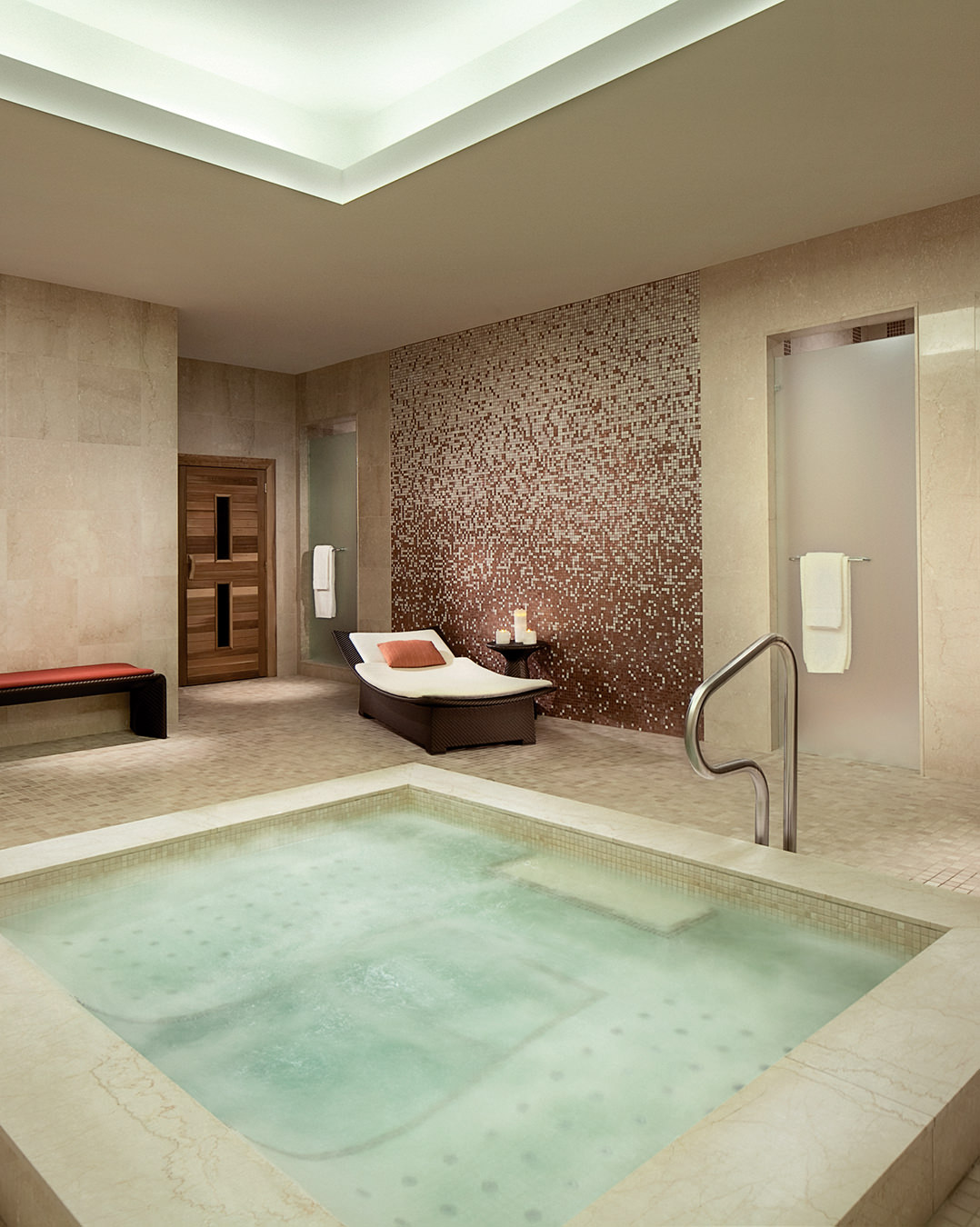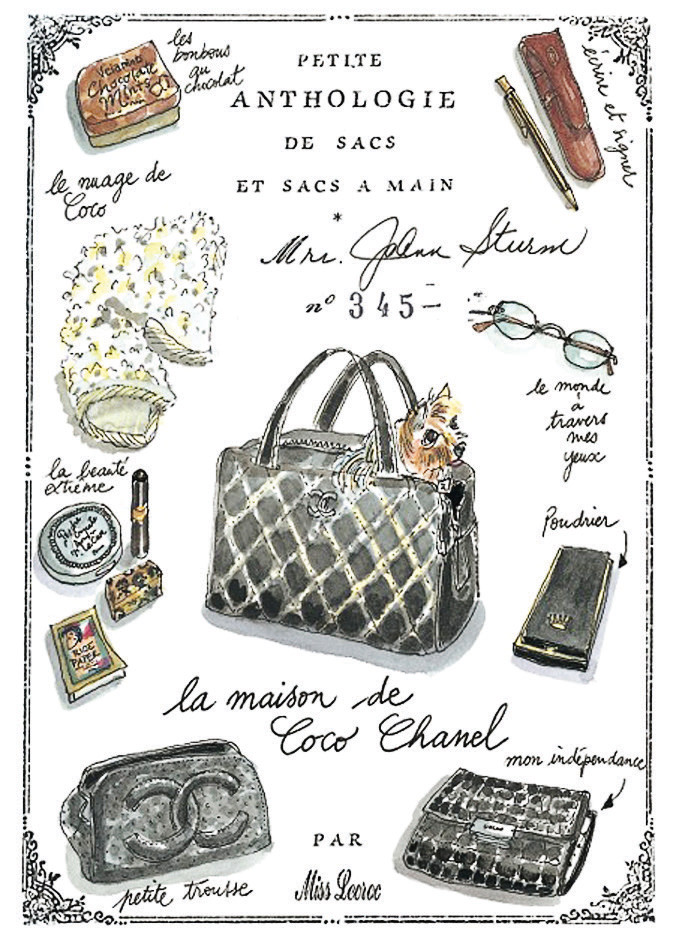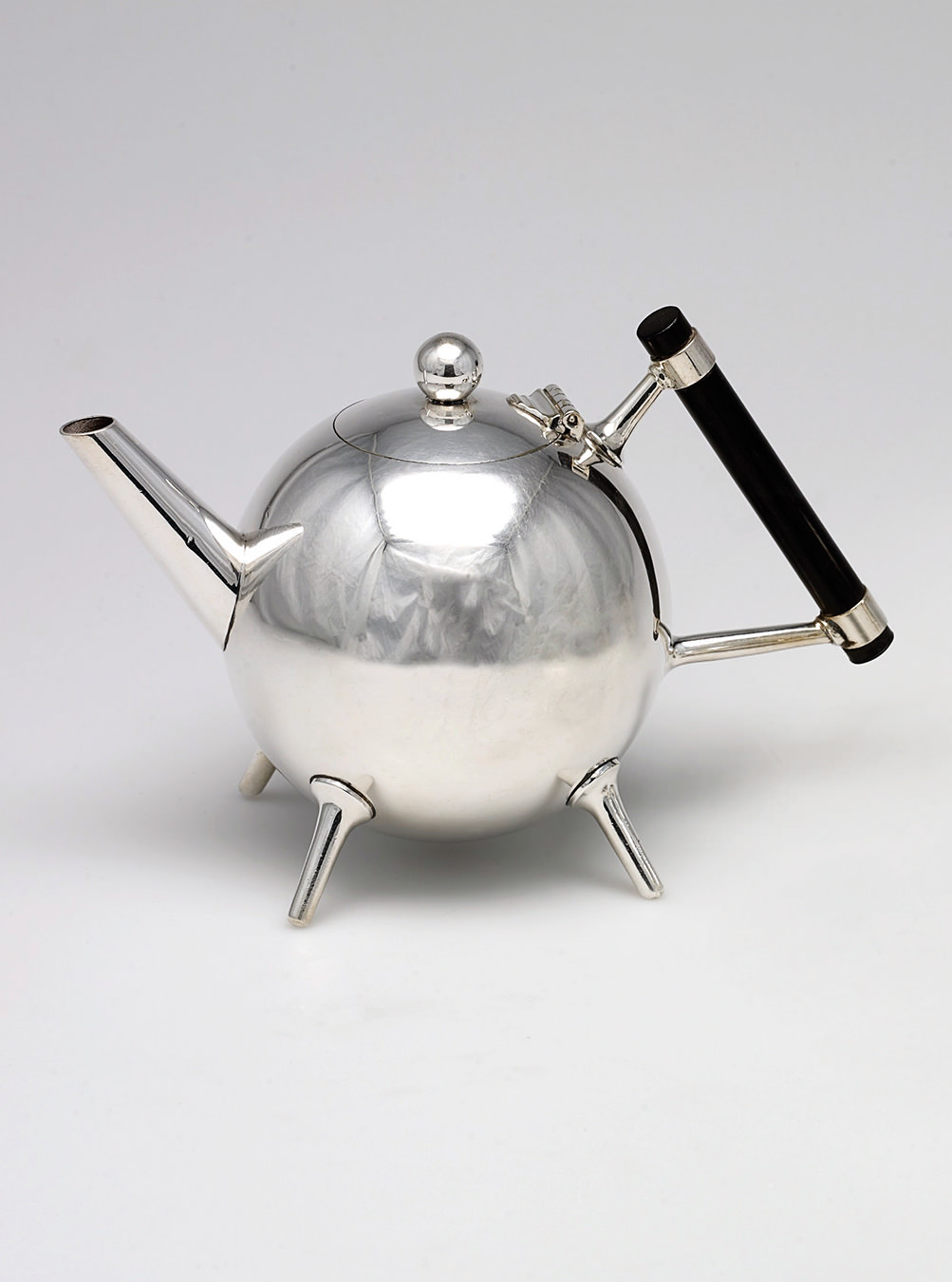Pop Life at the National Gallery
The commercialization of art.
Long before the Material Girl, Andy Warhol was fabricating his own material world. Artist, publisher of Interview, and seigneur of the Factory, where films were made and superstars were born, Warhol broke the mold of the serious artist dedicated to a higher calling. Instead of sneering at the commercial, he based his art on it, using everything from Campbell’s Soup cans and Brillo Soap Pads to images of Jackie and Marilyn. Art and advertising were inseparable, according to Warhol; kitsch and commerce mingled in your face, and the flaunted aim was celebrity and money.
“Good business is the best art,” Warhol famously said. What this means in terms of Warhol and the artists he influenced is the theme of Pop Life: Art in a Material World, an exhibition running from June 11 to September 19, 2010, at the National Gallery of Canada in Ottawa. Featuring more than 250 paintings, sculptures, installations, and other pieces that blur the lines between art, entertainment, and the marketplace, the exhibit promises to be a summer blockbuster.
“We are looking at a specific subsector of artists who have challenged the old notions of selling out; indeed, they made it into an art form,” explains Jonathan Shaughnessy, assistant curator of contemporary art at the National Gallery. Among those represented are American artists Andy Warhol, Jeff Koons, and Richard Prince; British artists Damien Hirst and Tracey Emin; and German artist Martin Kippenberger. To underscore the celebration of the commercial, there will be a model of artist Keith Haring’s famed New York Pop Shop, which will function as a store where visitors can buy T-shirts and other Haring-designed merchandise.
After Warhol, notes Shaughnessy, the baton was passed to Koons, who has both Warhol’s deadpan irony and his entrepreneurial skills. Koons, who at one time supported his art by working as a Wall Street trader, is known for his bunny-rabbit and poodle sculptures (the stainless steel Rabbit is in the show). He swooped into the big time at the 1990 Venice Biennale with his Made in Heaven series of billboards, paintings, and sculptures. They showed the artist and his nearly nude model, Ilona Staller, a Hungarian porn star–turned–Italian politician known as La Cicciolina. Their carnal poses were set against a kitsch Garden of Eden backdrop, likening them to a commercialized Adam and Eve. When the two married, the merger of art, life, and publicity was complete. Made in Heaven is one of the standout sections of the exhibition.
Is there anything in the show that is critical of our culture of celebrity worship and mass marketing? “Infiltrating the mainstream is seen as a critical gesture,” offers Shaughnessy. He also points out something more elemental: the show is the first serious examination of how, in our brand-obsessed world, anything can sell as long there’s a buyer.
Rabbit Photo: The Eli and Edythe L. Broad Collection, L.A., Douglas M. Parker Studio, L.A. Memories of / Moments with You Photo: Science Ltd., London.

